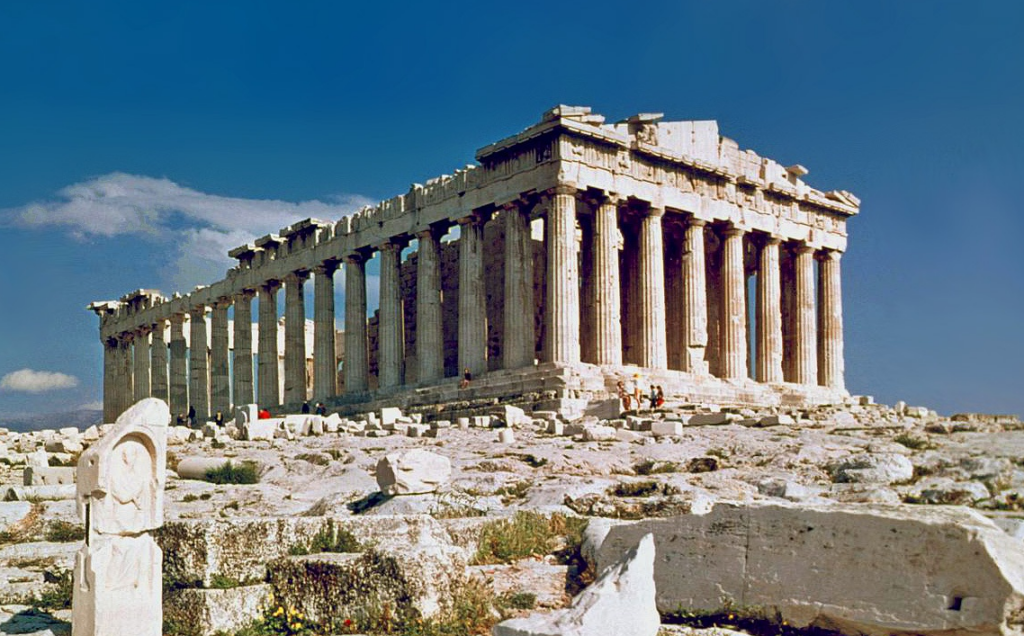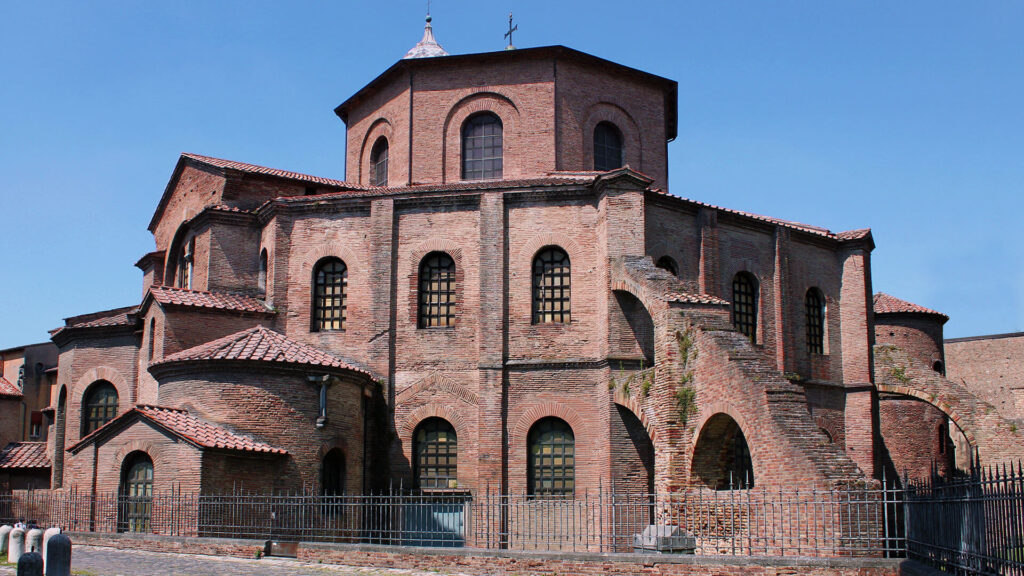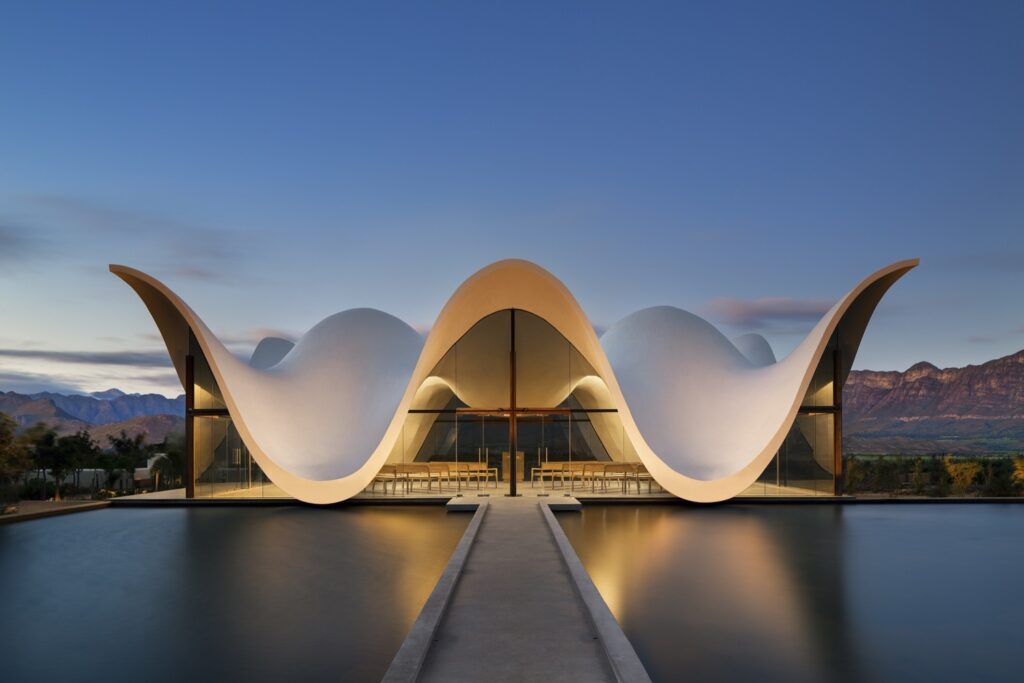Architecture is not just about constructing buildings – it is an insightful expression of human civilization. It provides us with shelter, convening spaces, and protection from the elements while reflecting the aesthetic, cultural, and technological advancements of each epoch. From the primitive huts of our ancestors to the sleek, skyscraping marvels of the contemporary world, architecture embodies the story of humanity’s evolution, ingenuity, and aspiration.
Observing the long journey of architectural evolution transports us from the rudimentary structures of prehistoric times to the sublime wonders of modern architectural designs. Traversing through the times, you witness the shift from stone to brick, brick to concrete, and beyond, and observe the profound influences of societal norms, technological advancements, and cultural trends.
This article analyzes the evolution of architecture through the ages, from prehistoric times to contemporary architecture. Understanding the evolution of architectural styles is akin to reading a visual history book, helping us comprehend societal changes, technological innovations, and the shifting aesthetic tastes of humanity over thousands of years.
Prehistoric Architecture

The architecture of prehistoric times was characteristically rudimentary and closely tied to the immediate environment. Materials used ranged from stones, bones, and wood to mud and animal hides. These structures served basic necessities—shelter from the elements, protection from predators, and space to store food and supplies.
Environmental adaptation was a key driver in the design and construction of early structures. In stark contrast to the creative reign of a modern architect, construction was based on climate, available materials, and the specific needs of a community. For example, in icy regions, humans developed igloos using blocks of snow, a material that offered insulation from the cold. In temperate zones, wooden structures were more common, while in arid regions, people often used mud bricks to build dwellings.
Ancient Architectural Styles
Egyptian Architecture

The ancient Egyptians’ architectural creations are well-known for their geometrical precision, symmetry, and intricate detailing. Constructed primarily from sun-baked mud brick and stone, Egyptian buildings were heavily influenced by the country’s unique geographical features and religious beliefs.
Prominent elements include massive columns, obelisks, and the use of hieroglyphic and pictorial frescoes. Their penchant for monumental structures was a reflection of their religious beliefs, especially the concept of life after death.
Greek and Roman Architecture

Greek architecture is characterized by its highly formalized structure, typified by the extensive use of columns, friezes, and pediments. Temples were the most common buildings and were often built on the highest ground, signifying the Greeks’ reverence for their gods.
Roman architecture, while influenced by the Greeks, incorporated new structural elements, most notably the arch and the dome, which allowed the creation of larger and more diverse spaces. Romans also made extensive use of concrete, enabling more ambitious designs and constructions.
Medieval Architecture
Early Christian and Byzantine Architecture

With the adoption of Christianity as the state religion of the Roman Empire in the 4th century AD, architecture began incorporating new functional needs, such as places for communal worship. This shift led to the development of distinct features like the basilica plan and the extensive use of mosaics.
Byzantine architecture, emerging from the Eastern Roman Empire, took this transition further, introducing more complex spatial arrangements, like central-plan buildings, and a more intricate, symbolic use of decoration.
Romanesque and Gothic Architecture

Romanesque architecture, with its rounded arches, massive walls, and barrel vaults, showcased a renewed confidence in sophisticated stone construction.
Gothic architecture evolved from this base, introducing features such as pointed arches, ribbed vaults, and flying buttresses, allowing for greater height and more expansive windows. This progression brought about buildings filled with light, a significant departure from the comparatively dark interiors of Romanesque buildings.
Renaissance Architecture

The Renaissance period marked a conscious return to the classical ideas of balance, harmony, and proportion, driven by a renewed interest in the ancient cultures of Greece and Rome. Renaissance architecture is characterized by its emphasis on symmetry, proportion, and geometry, departing from the vertical aspirations and religious symbolism of the Gothic era.
Baroque Architecture

The Baroque style can be seen as a reaction to the austerity and simplicity of the Renaissance, characterized by dramatic use of light, complex forms, elaborate ornamentation, and grand scale. Architects sought to create buildings that were visually exciting and dynamic, using curving forms, intricate detailing, and intricate compositions to create a sense of awe and wonder.
Modern Architecture

Shaped by the Industrial Revolution, modern architecture wields new technologies and materials like iron, steel, and glass which enabled bold new designs and construction methods. As a reaction to the Industrial era and its uniformity, the Modernist and Postmodernist movements emerged, each with distinctive philosophies.
The modernist architecture showcases simplicity, clean lines, and an absence of unnecessary detail. Postmodernism, however, challenged the austerity of modernism, integrating complexity and contradiction into its designs.
Contemporary Architecture

Contemporary architecture stands at the intersection of technology, sustainability, and aesthetics. In response to the growing awareness and concern about climate change, contemporary architecture is mindful of the role that buildings play in energy consumption.
Modern architects now incorporate elements such as green roofs, solar panels, and materials with lower environmental impact into their designs. Advancements in technology have enabled the creation of complex structural forms that were previously impossible or highly impractical.
Computational design tools, digital fabrication methods, and innovative materials have expanded the boundaries of architectural imagination, resulting in designs that not only prioritize efficiency but also deliver breathtaking aesthetics.
In the vibrant world of contemporary art, these five cities offer an unmissable journey through cutting-edge creativity and innovation.
Conclusion
The evolution of architectural styles offers a fascinating lens through which to view the trajectory of human history, reflecting not only technological advancements but also the shifting cultural, societal, and aesthetic values of each era.
From the elemental structures of prehistoric times to the digital and sustainable innovations of contemporary architecture, each epoch has left its unique mark on the built environment. As society continues to build into the future, understanding this rich architectural heritage enables you to appreciate your past, navigate your present, and shape the spaces of tomorrow.

